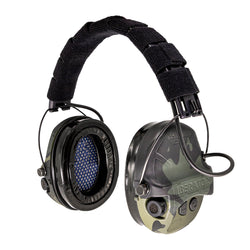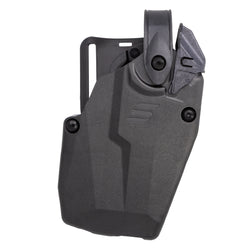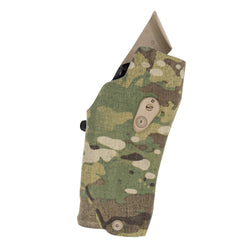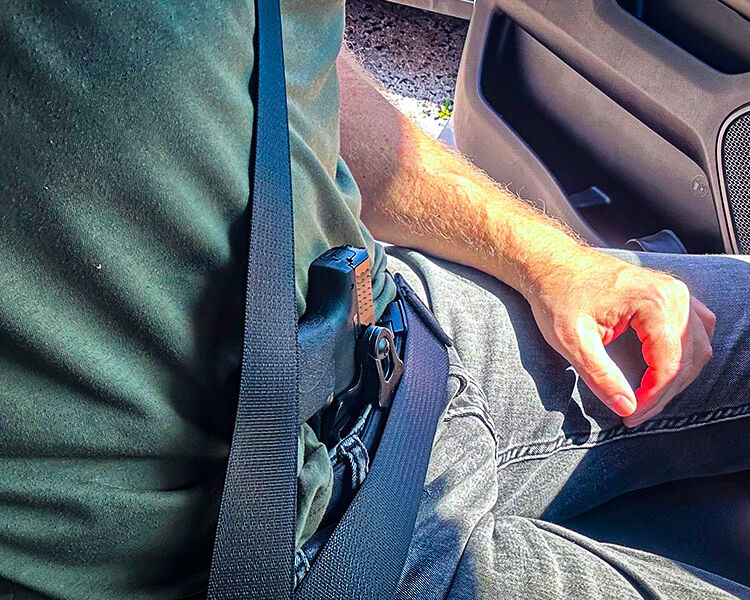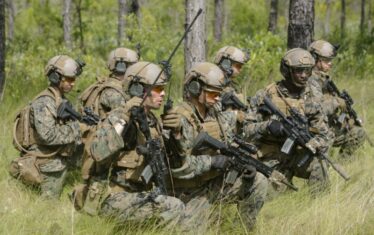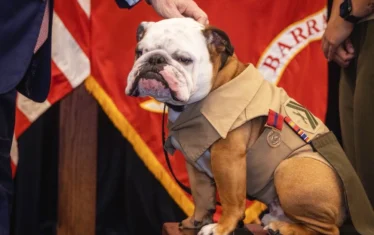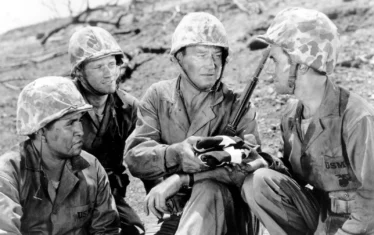It is becoming more common every day for individuals to carry a firearm for personal protection. This often means carrying a firearm in your vehicle on a regular basis, too. It’s not uncommon to think that carrying a concealed gun is the same regardless of where you are. If it’s in a holster, why does it matter if you’re walking around, sitting at a desk, or in your car?
The reality is that carrying in a vehicle brings its own unique challenges. Back when I attended the police academy, they didn’t provide any training on firearms inside a vehicle. Over the years, I learned the hard way that vehicles change how you access and use a gun. Training for these scenarios has become more common in recent years, but it’s still overlooked by many people.
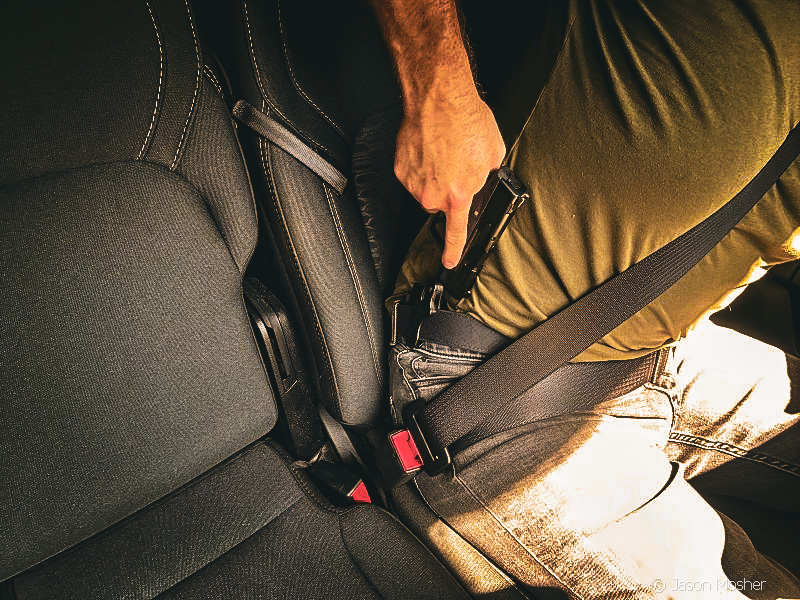
Even if you don’t have the time or resources to train at the range with a vehicle, you can still be better prepared by thinking through some basics. Here are five things to keep in mind when carrying a firearm in your vehicle.
1. Know the Law in Your State (and Others)
Gun laws vary widely by state, and sometimes by county or city. Some states require the gun and ammunition to be stored separately. Others restrict certain firearm types entirely. It’s your responsibility to know the laws where you live and where you travel.
The Federal “Safe Passage” law (18 U.S. Code § 926A) under the Firearm Owners Protection Act allows you to transport firearms across state lines, provided they are unloaded, locked in a container, and not accessible to occupants. But some states add their own rules on top of that.
The bottom line: check the law before you hit the road. A little homework can save a lot of trouble.
2. Secure Storage Options in Your Vehicle
Firearms are like gold to thieves. Even if your gun is out of sight, a break-in for another item could lead to your firearm being stolen. Simply tucking it in a glove box or under a seat is not secure storage.
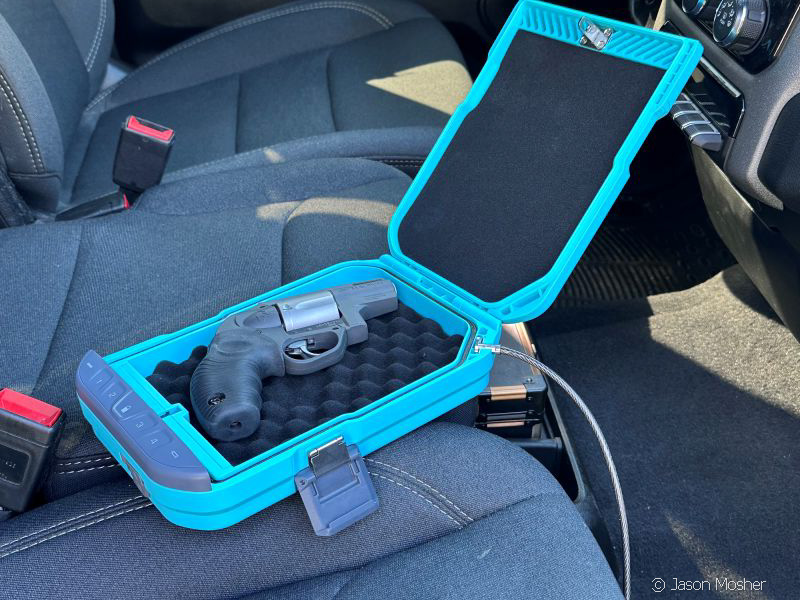
Better options include lock boxes, bolted safes, or vehicle-specific solutions. One safe I think is really cool is “The Headrest Safe,” which replaces a seat headrest with a hidden lockbox. Smaller quick-access safes—similar to those made for nightstands—can also be bolted inside the vehicle.
Of course, situations arise when you need to temporarily secure a gun—such as entering a courthouse or workplace with metal detectors. In those cases, do the best you can, but remember: if the firearm leaves your direct control, it belongs in a locked container.
3. Managing Your Firearm During a Traffic Stop
For most law-abiding citizens, the most likely encounter with police while armed is during a traffic stop. And from the officer’s perspective, a stop is always risky—they’re approaching an unknown individual with unknown intentions. Naturally, they’re going to be looking for any firearms or weapons in your hands or within reach.
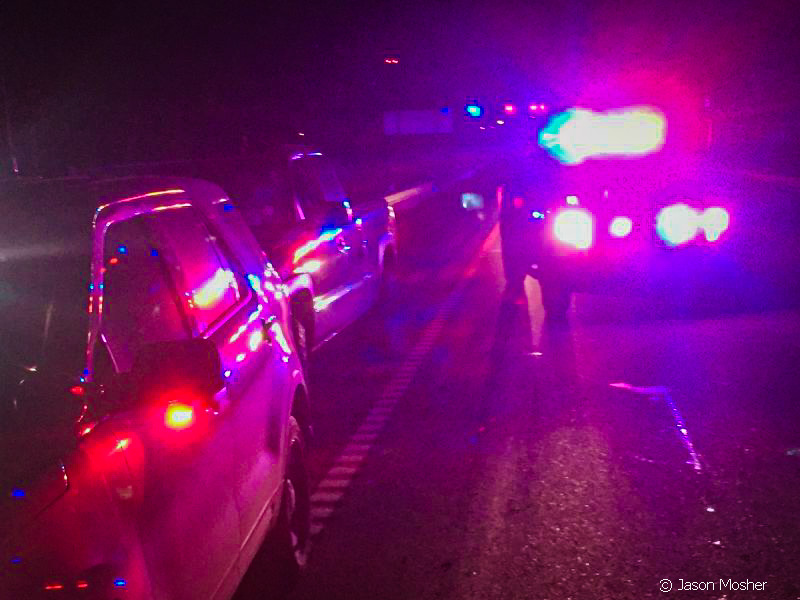
If you are carrying a handgun in your vehicle, the first thing you want to remember is that the officer is going to be looking for your hands. Keep them visible, ideally on the steering wheel, so officers don’t have to worry about what’s in them.
When the officer approaches, they will probably tell you who they are and why they stopped you. One of the first things they will ask for is your driver’s license and proof of insurance. Once they ask for something, then you can retrieve it. But if you have a firearm, it’s a safe practice to let the officer know you have one on before you start moving around.
What happens when you tell the officer you have a gun?
The officer may ask if there are any firearms or weapons in the vehicle. Be honest and direct. Tell them you have a concealed carry gun and where it is. When I was working on the road, it was normal for someone to share this information. Of course, I always stayed alert, but most criminals won’t announce their gun like that.
I would respond with, “Thanks for letting me know,” and then continue with the stop. Other officers may ask you to do something different for their safety. This depends on factors such as the agency, the officer, the reason for the stop, and your location.
The key thing to remember: don’t reach for anything in the same area as your gun without first telling the officer the gun is there. I once almost opened my glove box before remembering I had placed my gun in there. This was years before I became a cop, and I had been driving all day. On long drives, I used to remove my gun and store it in the glove box.
During one stop, the officer asked me to keep my hands on the steering wheel while their partner retrieved the gun from the glovebox. After the stop, they put it back for me. I was ok with this, but I know of others who had the same experience and didn’t like it. Even if you think the officer isn’t being reasonable, a traffic stop isn’t the time or place to debate it.
4. The Challenge of Drawing from a Seated Position
If you are in a vehicle, there is a chance you may need to defend yourself while seated. Bad guys won’t stand by politely while you exit your car before trying to mug you or steal the vehicle. And drawing your handgun from a seated position, especially in a vehicle, presents some unique challenges.
Unlike standing, your range of motion is significantly restricted in a car. A seatbelt, steering wheel, and center console can all get in the way. Most people practice “quick draws” while standing with nothing around them. I’ve done this too—you take a stance like a couple of cowboys at high noon: hands free, path to your gun clear.
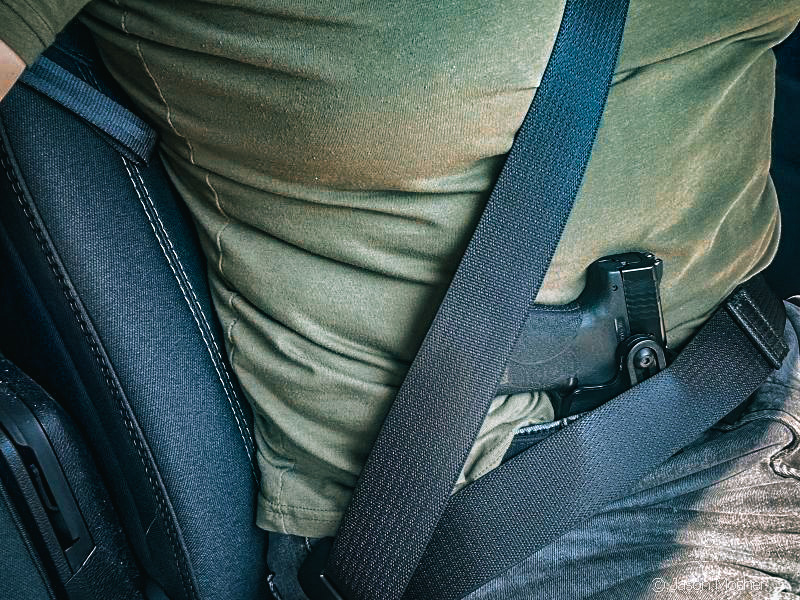
But that’s not always how it works in the real world, is it? Depending on where you carry your handgun, your seatbelt may be directly over the top of it.
If you take any firearms training at all, you will probably hear about muscle memory. This is your body reacting automatically when your brain is busy. During an incident, you may struggle to access your gun quickly if you haven’t practiced drawing in your car. You can simulate this by sitting in your car, buckling up, and practicing your draw. Of course, you always want to make sure the gun is unloaded and safe before doing it.
It may seem silly to practice moving a seatbelt out of the way before drawing, but in a real incident, it’s harder than you think during an incident when your body isn’t used to the motion.
5. The Danger of Cross-Body Draws in a Vehicle
I know a few people who prefer cross-body carry in a vehicle. This is because the seatbelt tends to cause more problems on your right side than on the left. But this has some drawbacks. The biggest challenge is drawing it without sweeping your body in the process.
The safe direction for a muzzle when not firing is downward. In a vehicle, keeping the muzzle pointed safely is already tricky, as legs are extended and space is limited.
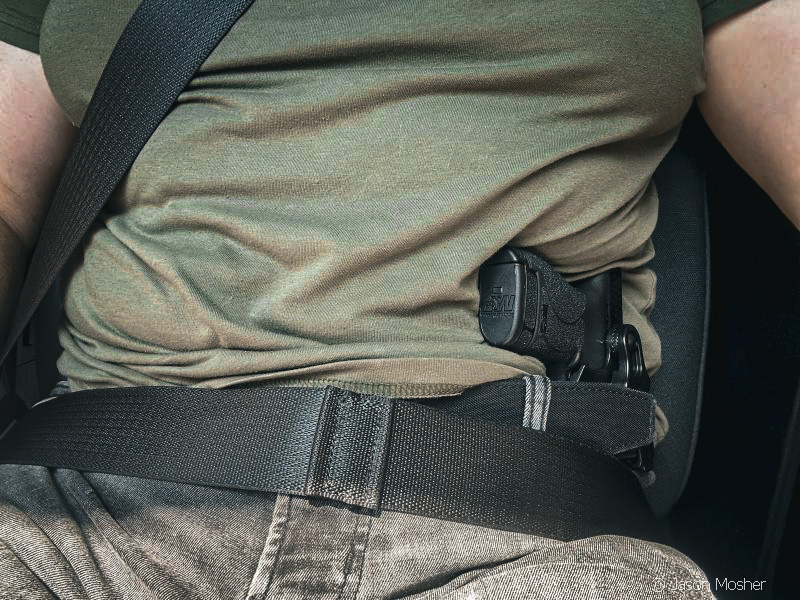
Cross-body draws also make it harder to address threats not on your left side. I’m not saying cross-body carry is bad in cars—it just requires specific training to get used to.
I recommend sitting in your car and evaluating the best position for your firearm. I like to carry appendix when I’m off duty, but the seatbelt can interfere. That doesn’t mean you must change your carry method—you may just need to practice drawing while managing the seatbelt.
Strong-side carry can usually be drawn without removing the seatbelt, but depending on the vehicle, your gun might get trapped between your side and the center console.
Final Thoughts
Carrying a firearm in your vehicle requires extra responsibility. Knowing the law, securing your gun, communicating with law enforcement, and practicing drawing from a seated position are all essential steps for responsible carry.
Take the time to train, evaluate your carry setup, and develop muscle memory. Planning ahead and practicing consistently can make the difference between a safe, controlled outcome and a preventable incident.


